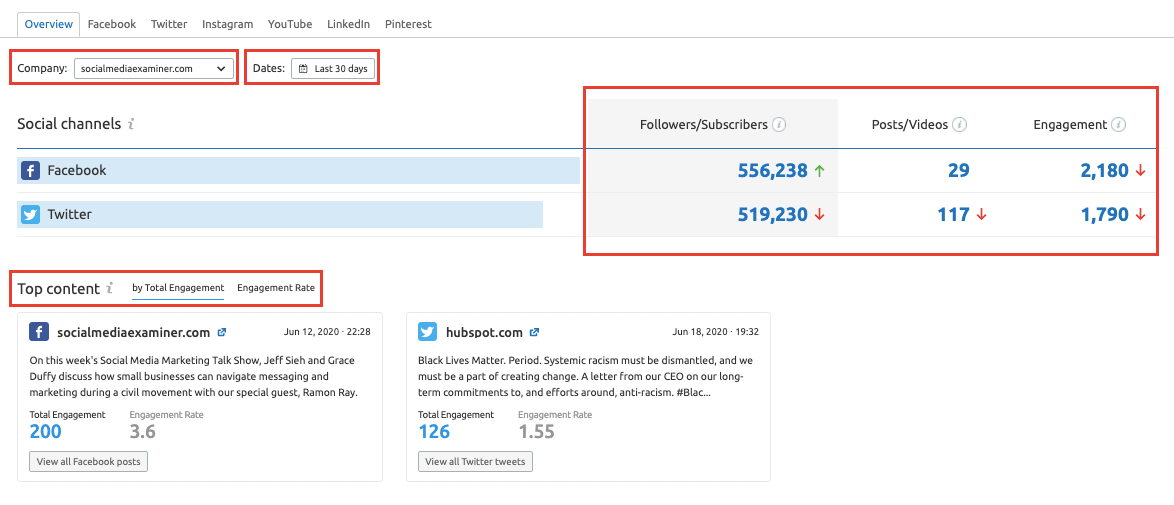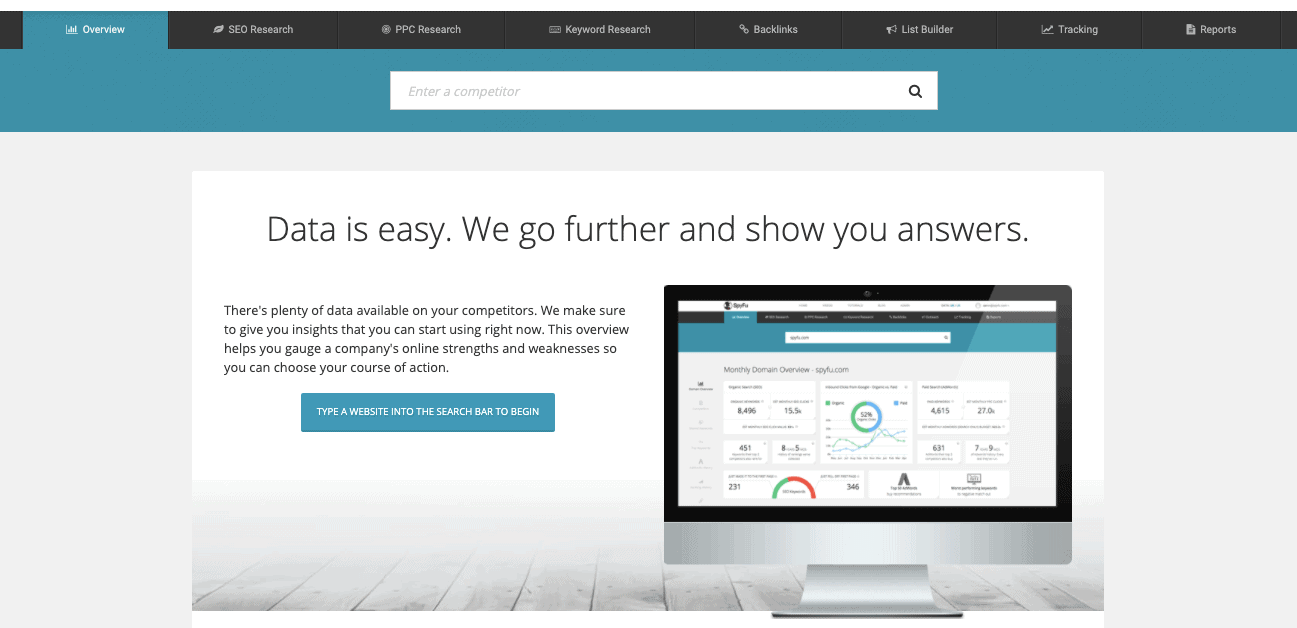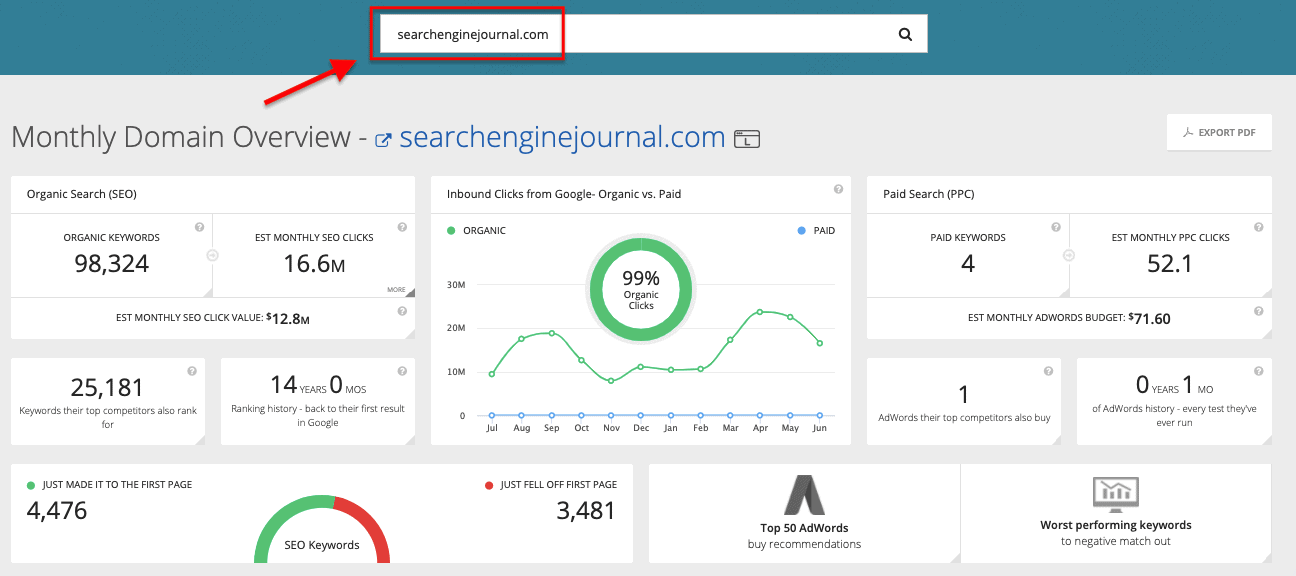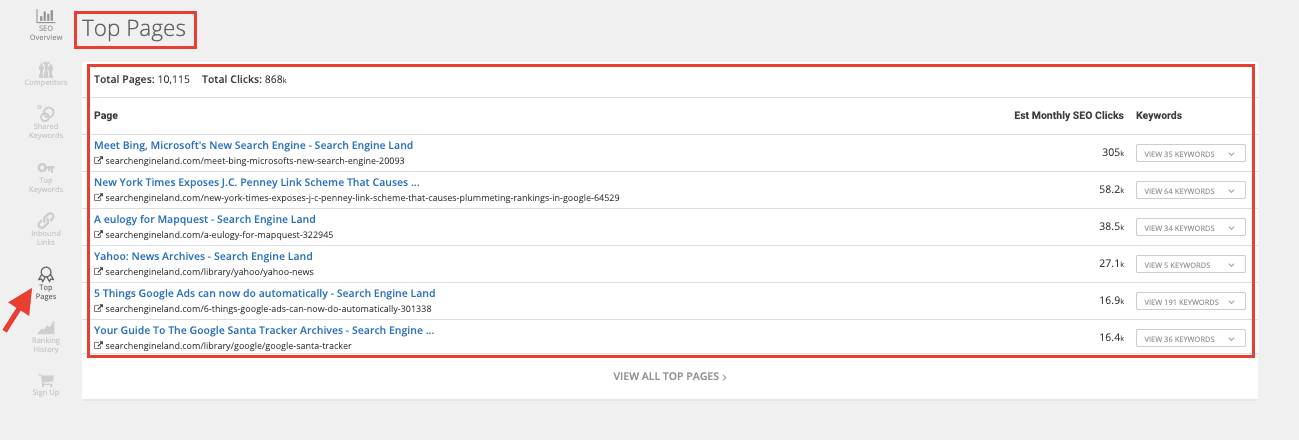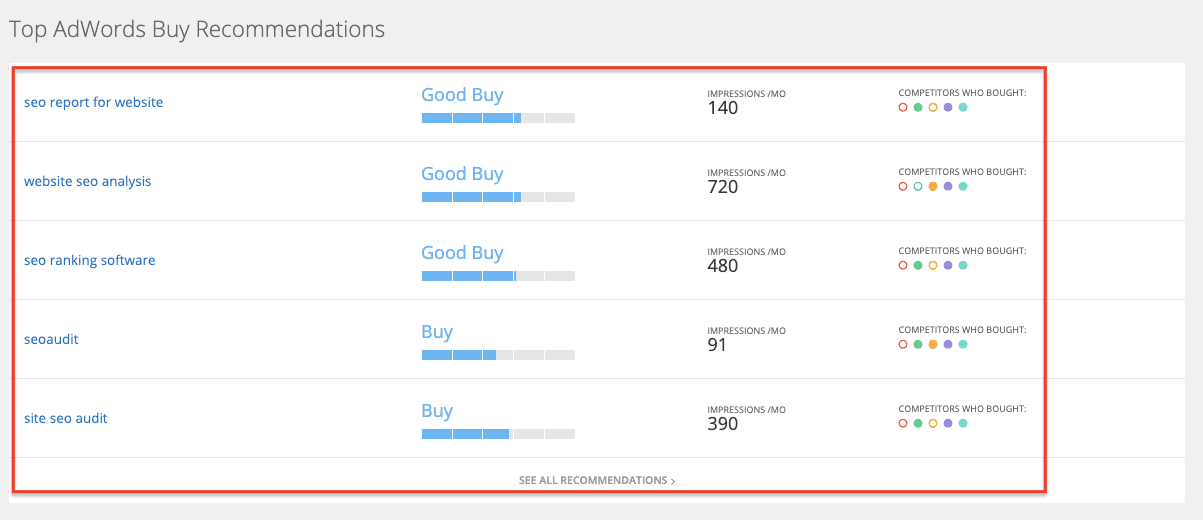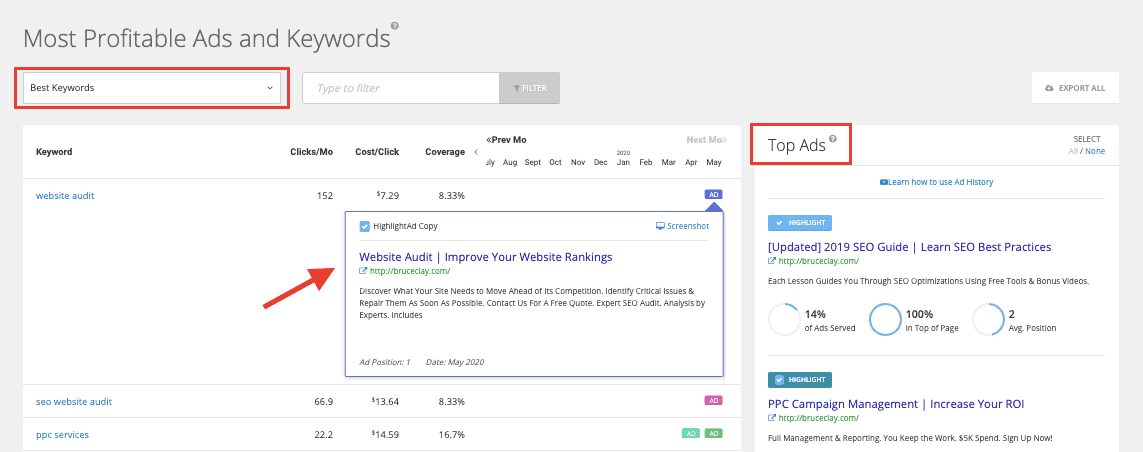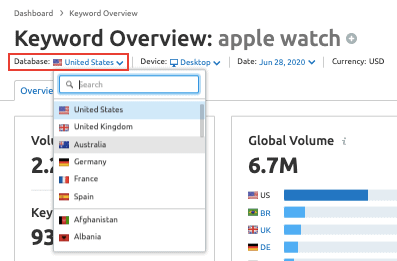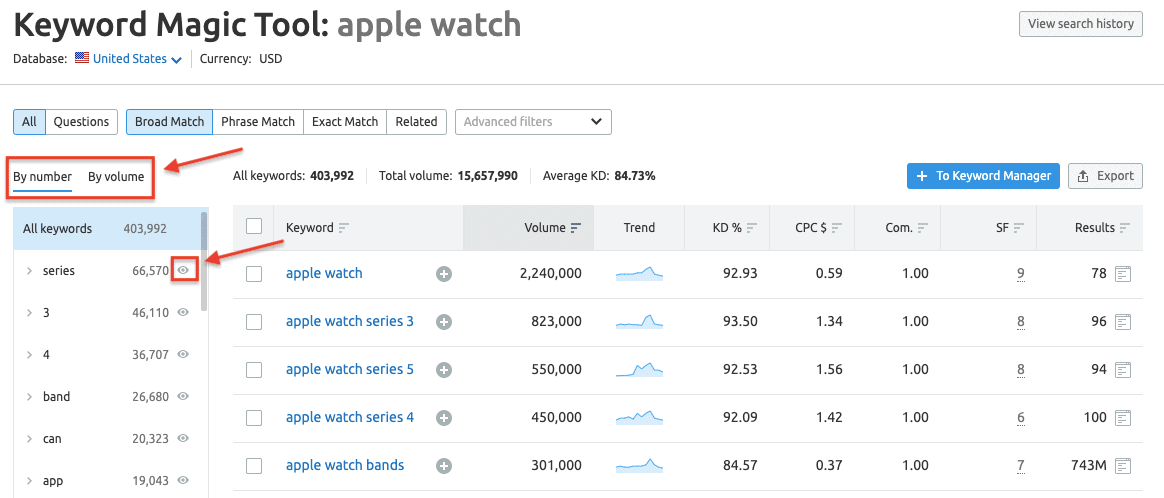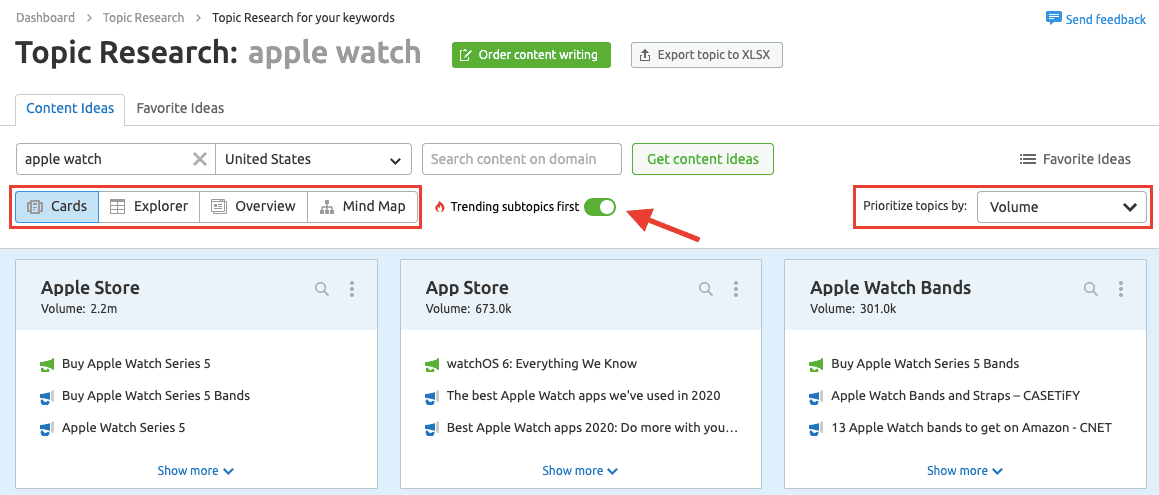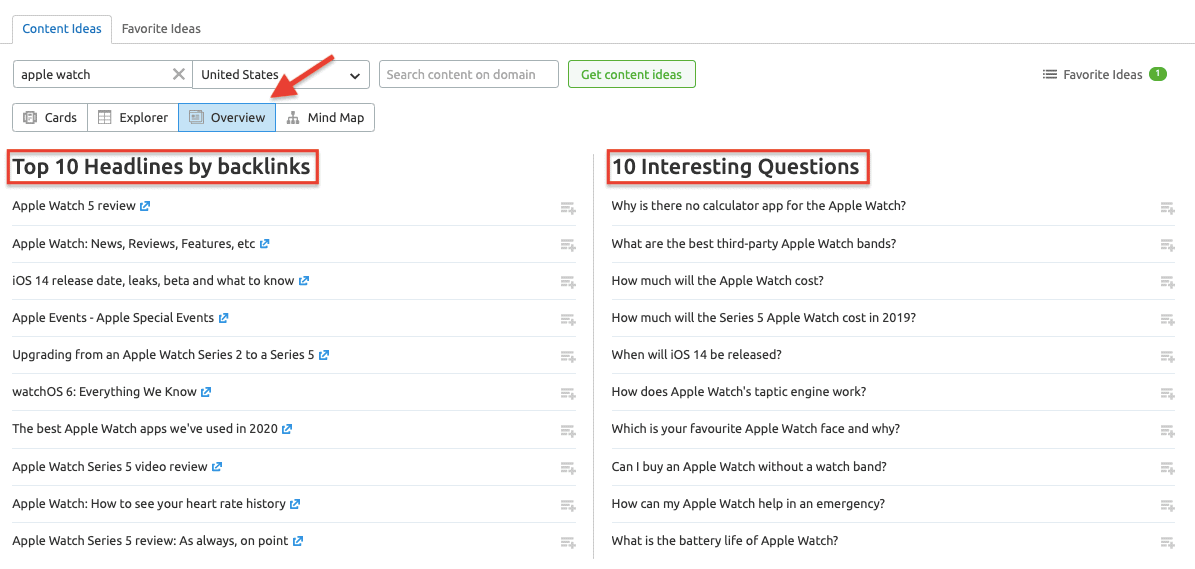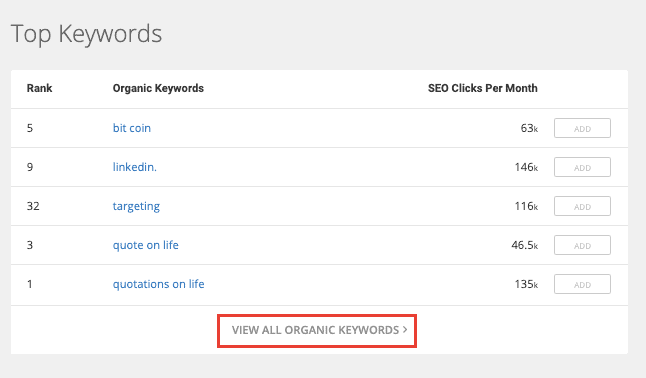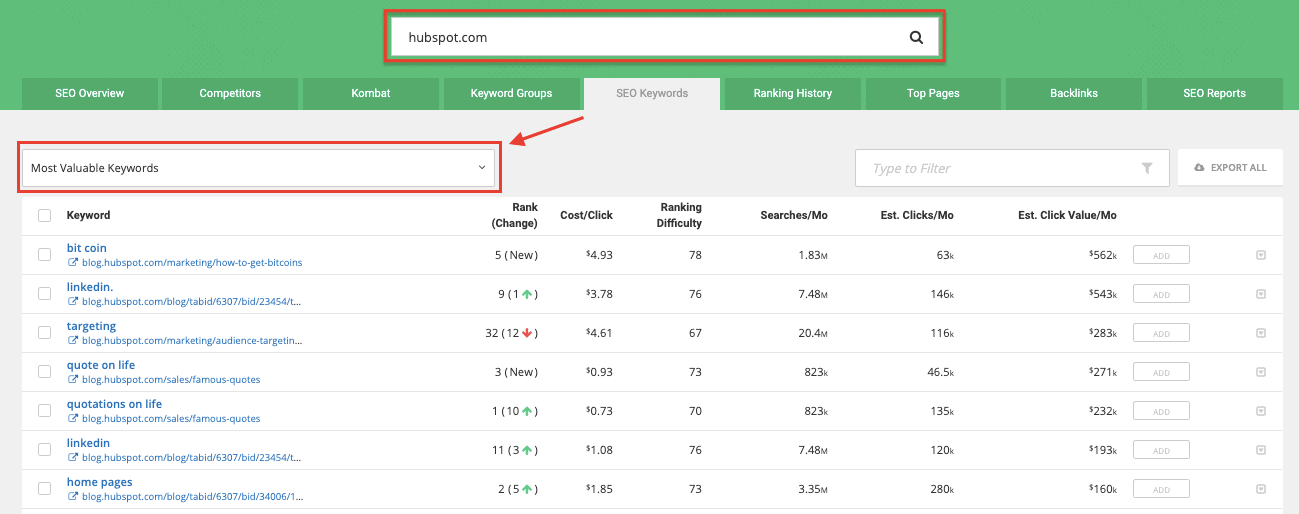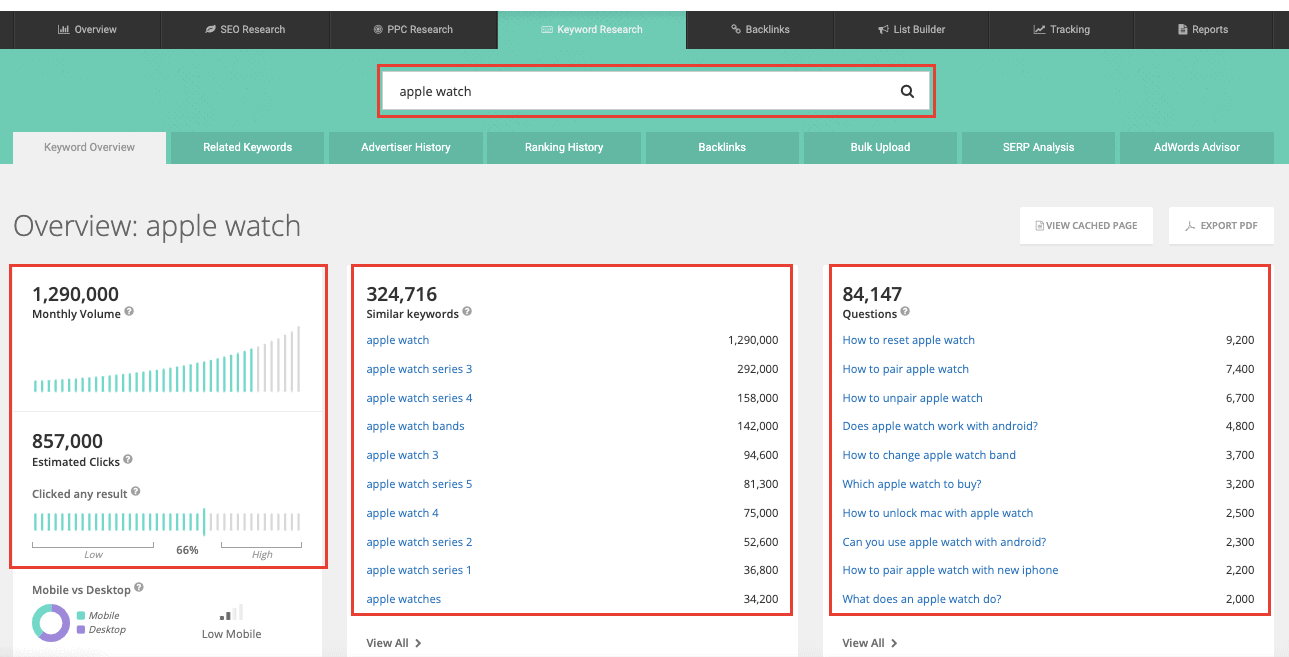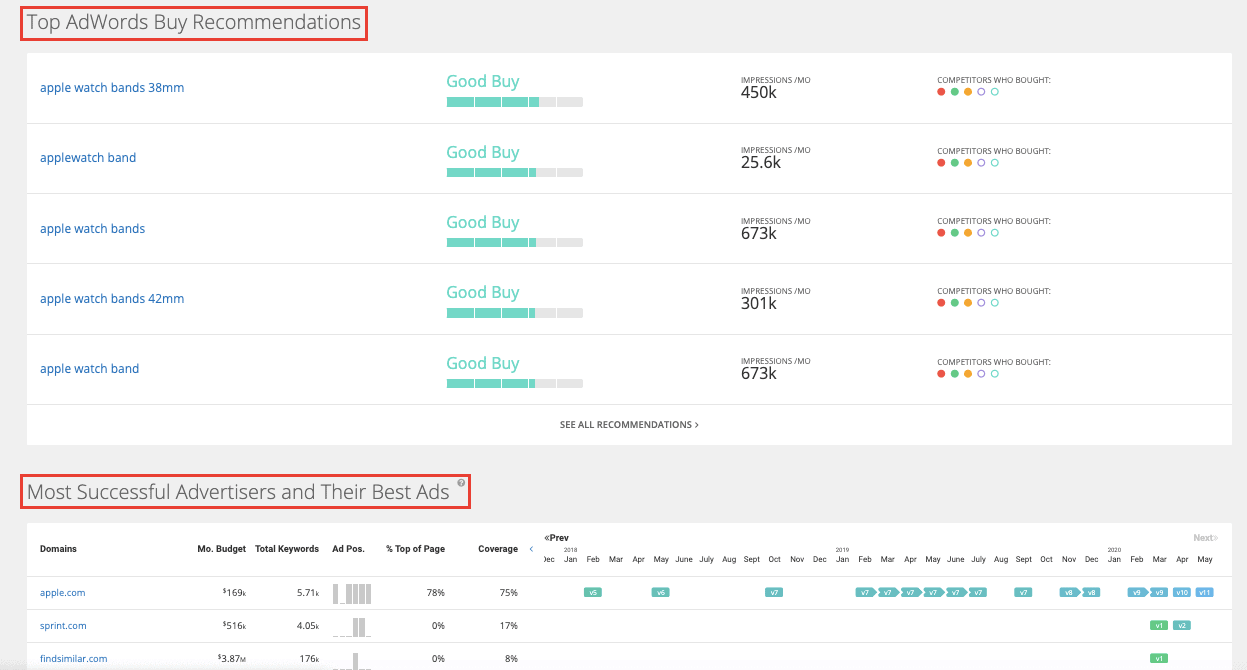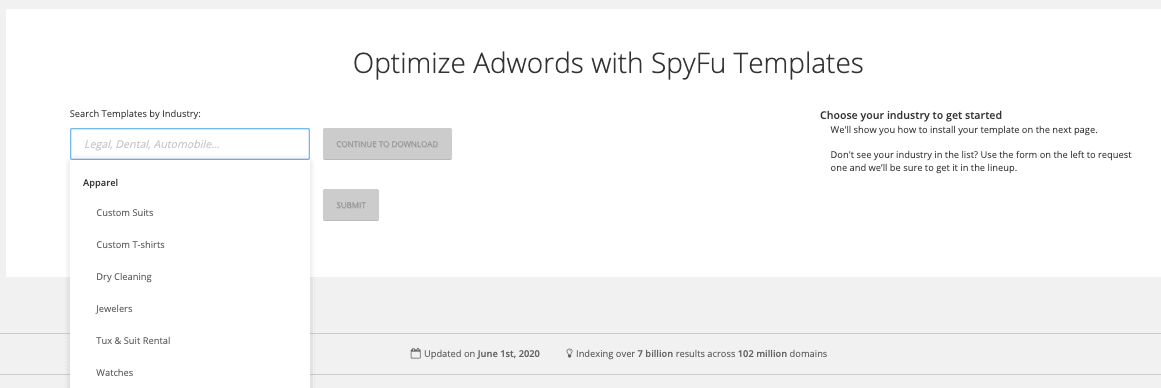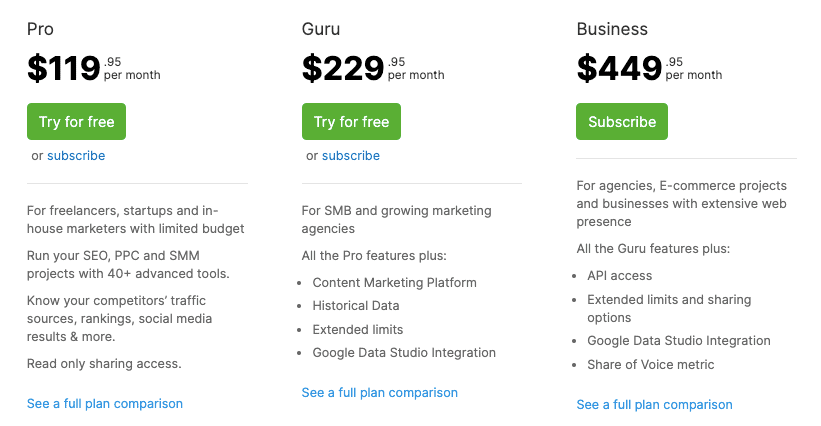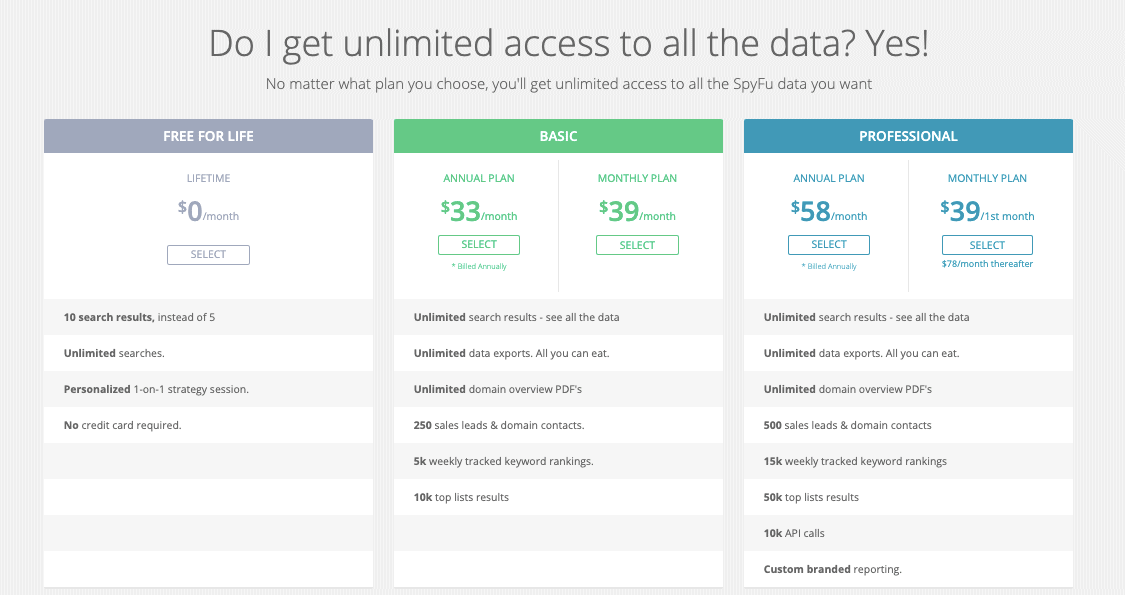In this article, I’ll put Semrush and SpyFu to the test and help you decide which SEO tool is better suited for competitor analysis. If you’ve landed here, you’re probably already aware that Semrush and SpyFu are amongst the most popular competitor research tools on the market, alongside Ahrefs, GrowthBar, and Mangools. While Semrush is an all-in-one marketing toolkit with competitive intelligence capabilities, SpyFu focuses purely on competitor analysis. So to maintain a level playing field for this comparison, I’ll be evaluating Semrush and SpyFu solely on features linked with competitor research. I’ll be taking the following four parameters into account:
Competitor analysis Keyword research Ease of use and accessibility Pricing plans
Now without further delay, let’s compare Semrush and SpyFu, and find out which SEO tool is the best in terms of competitive analysis. Note: To get the most out of this comparison guide, I’d encourage you to create an account on Semrush and SpyFu. You can find the relevant links below. You can sign up for a 30-day free trial of Semrush Pro (worth $119.95) and sign up for SpyFu’s free plan. At this point in time, SpyFu is not offering a trial on any of their paid plans. But their free plan is pretty good, albeit with a few limitations.
Get 1-month free trial to Semrush Pro Sign up for SpyFu’s free plan
Introduction to Semrush and SpyFu
Introduction to Semrush and SpyFuCompetitor Analysis: Semrush vs SpyFuSemrush: Competitor Analysis ToolsSpyFu: Competitor Analysis ToolsWhich Tool is Better for Competitor Analysis?Keyword Research: SpyFu vs SemrushSemrush: Keyword ResearchSpyFu: Keyword ResearchWhich Tool is Better for Keyword Research?User Interface and Accessibility: Semrush vs SpyFuPricing Plans: Semrush vs SpyFuSemrush Pricing PlansSpyFu Pricing PlansFinal Verdict: Semrush vs SpyFu
Semrush’s predecessor, SEOquake company, was first launched by Oleg Shchegolev and Dmitry Melnikov as an SEO browser extension in 2007 before being rebranded as Semrush in 2008. It has since gone on to become one of the leading cloud-based SEO services on the market with over 5 million users across the world. The Semrush platform features a comprehensive set of tools for site audit, keyword research, position tracking, SEO and PPC competitor analysis, on-page SEO checker, backlink analytics, and much more. Semrush currently manages close to 20 billion keywords and 818 million domains in 142 geo databases.
SpyFu was founded by Mike Roberts in 2006 to help businesses craft their SEO and PPC strategies. Mike’s business philosophy is to turn your rivals into your best advisors and that philosophy is at the core of SpyFu. As the name suggests, SpyFu lets you spy on your competitors’ online strategies and analytics. You can use it to gather insights on your organic as well as paid competitors. SpyFu’s data is collected from Google search results in the US and UK. The tool won’t show you full results outside of these countries, which just might be SpyFu’s biggest drawback. With that introduction of the two tools out of the way, it’s now time to put these tools to the test. Let’s start by reviewing their competitor analysis features.
Competitor Analysis: Semrush vs SpyFu
If you want to develop a fool-proof marketing strategy for your business, you need to run a competitor analysis. By analyzing your competitors’ marketing efforts, you can evaluate their strengths and weaknesses, as well as identify gaps and opportunities for your brand in the market. Both Semrush and SpyFu are capable of providing a comprehensive report of your competitors’ SEO and PPC strategies. But which SEO platform is more feature-rich and gives the most accurate data? Let’s find out!
Semrush: Competitor Analysis Tools
With Semrush’s Competitive Research Toolkit, you can identify your organic and paid competitors, and reverse-engineer their most successful SEO and PPC practices. The Competitive Research Toolkit is divided into five different categories:
SEO (includes Organic Research, Keyword Gap, Backlink Analytics, Backlink Gap) Advertising (includes Advertising Research, Display Advertising, PLA Research) Content and PR (includes Brand Monitoring, Topic Research, Post Tracking) Social Media (includes Social Media Tracker) Big Picture (includes 2 add-on tools – Traffic Analytics and Market Explorer)
Traffic Analytics and Market Explorer are part of Semrush’s Competitive Intelligence (CI) add-on package which costs an additional $200/month. To learn more about Traffic Analytics and its key features, check out The Ultimate Guide to Semrush Traffic Analytics. To keep things simple, we’ll just be examining the main tools in the first four categories in the Semrush Competitive Research Toolkit. To get started with competitor analysis on Semrush, select “Competitive Research Toolkit” from the drop-down at the top left menu in the interface.
From the competitive research dashboard, navigate to: SEO > Organic Research > Enter your competitor’s domain Alternatively, if you’d like Semrush to identify your organic competitors for you, you can type your own domain in the search box. The Organic Research overview report provides a top-level view of your website’s organic keywords, organic traffic, top pages, and main organic competitors.
Visit the “Competitors” tab to see a list of all the sites that are competing with your site in search results for the same keywords.
Click on any of the organic competitors to get a detailed report on that domain’s top organic keywords, top-ranking pages, position changes, and so on. To view your competitor’s top organic keywords, visit the “Top Organic Keywords” section in the report and click on the “View all organic keywords” button.
The list of keywords will probably be too long, so feel free to play with the filters until you get the most relevant data.
Click on any of the keywords in the report to get data on important keyword metrics like search volume, keyword difficulty, competition level, and more. You can use this data to fine-tune your content strategy. Next, click on “Backlink Analytics” to get an overview report of your competitor’s backlinks.
Visit the “Referring Domains” tab to get a complete picture of your competitor’s backlink profile. Leverage this data in your link building outreach efforts. Similarly, you can unravel your paid competitors’ data by navigating to: Competitive Research > Advertising Research > Enter your competitor’s domain The Advertising Research overview report provides details on the domain’s paid keywords, average monthly paid traffic, and traffic cost.
To view your competitors’ PPC ad copies, visit the “Ad Copies” tab. If your competitor invests a lot in advertising, then you may find ad copies in this report too imposing. Make sure you use the advanced filters to get the most relevant information for your PPC campaigns.
In addition to the aforementioned SEO and PPC tools, Semrush also has specific competitor analysis tools for content marketing and social media marketing. The Brand Monitoring tool is especially useful for tracking online mentions of your brand, your competitors’ brands, or any word or phrase that you wish to monitor. To set up brand monitoring on Semrush, go to: Competitive Research > Content and PR > Brand Monitoring > Project > Set up You can include up to three competitor brands here and up to five keyword terms. Select the country and hit the “Start Tracking” button.
You’ll now be able to track the online brand mentions of your competitors and the main keywords in your niche. And finally, you have the Social Media Tracker, which lets you track the social media pages of your competitors and monitor their growth and engagement levels. To set up social media tracking, go to: Competitive Research > Social Media > Project > Set up > Social Media Tracker > Add competitor
On the next page, enter your competitor’s brand name or domain in the search box and hit “Find Profiles.” Semrush will automatically find your competitor’s social media pages for you. If you’ve enabled social media posting on Semrush, your social media pages will be automatically included in the Social Media Tracker. If you haven’t enabled it, you can type your domain in the search box and click “Set as your company” next to your brand name.
You can add up to 20 competitor brands and track performance of up to 100 social media pages. Once you’ve added your competitors’ social media pages, hit the “Start tracking companies” button to get an overview report of your competitions’ social media analytics, including social audience, posts, engagement, and top content.
Scroll down to see the comparison of your social media performance against your competitors.
In addition to tracking audience growth, activity, and engagement, Semrush’s Social Media Tracker is an invaluable tool to identify content trends and the different types of content that resonate the most with your target audience. Get 1-month free trial to Semrush PRO (includes access to competitive research toolkit)
SpyFu: Competitor Analysis Tools
To get started with competitor analysis on SpyFu, enter your competitor’s domain in the search box and hit the search icon. You’ll get a quick summary of the domain’s top organic keywords, estimated monthly SEO clicks, top paid keywords, estimated monthly PPC clicks, backlinks, top pages, and so on.
If you’d like SpyFu to identify your competitors, enter your domain and navigate to the “Competition” section of the report to view your organic and paid competitors.
Click on any of your organic competitors’ domains to generate an SEO overview report of that domain, containing data on that site’s organic keywords, estimated monthly SEO clicks, page 1 keywords, inbound links, and so on. On the left side of the overview report, you’ll find links to different sections within the report. Pay special attention to the “Top Pages” section as these are your competitor’s top-ranking pages in organic search.
You can reverse-engineer these pages to find keyword ideas with traffic potential. Similarly, you can click on any of your paid competitors’ sites to get a PPC overview report of that domain’s paid keywords, estimated monthly PPC clicks, monthly PPC budget, and other PPC metrics. Navigate to the “AdWords Advisor” section of the report to view “Top AdWords Buy Recommendations” for your competitor’s domain.
Click on “See all recommendations” at the bottom of the report or simply visit the “AdWords Advisor” tab to get a complete list of keyword recommendations. Use these recommendations to get the most out of your PPC campaigns. Visit the “AdWords History” section of the report to browse your competitor’s complete Google Ads campaign history, including their most trusted keywords, estimated clicks/month for those keywords, and their cost/click.
Beside each ad copy, you’ll find keywords that trigger the specific ad. Super helpful data if you’re planning on replicating your competitors’ ad strategies. Sign up for SpyFu’s free plan
Which Tool is Better for Competitor Analysis?
SpyFu is undeniably a great competitor analysis tool. But Semrush is better. For starters, SpyFu lacks brand monitoring and social media tracking features which are vital components of competitor research. Your competitive analysis would have a blind spot if you didn’t analyze your competitors’ social media presence and didn’t monitor their online brand mentions. Besides that, I also found the competitor research reports in Semrush to be much more accurate and helpful than SpyFu. Bottom line: SpyFu’s competitive data pales in comparison to the sheer volume and depth of competitive data that you can unveil on Semrush. Winner: Semrush
Keyword Research: SpyFu vs Semrush
Despite countless Google algorithm updates over the years, the importance of keyword research has remained constant. While outdated keyword research practices get penalized by Google, a more nuanced approach to keyword research is often rewarded with higher Google rankings. As a result, keyword research is at the core of any SEO or PPC campaign. It helps you get a deeper understanding of your target audience and what they are searching for online. Both Semrush and SpyFu uncover a ton of keyword data to help you in your quest to craft the kind of content that satisfies both users and search engines. Read on to find out which of these tools is more effective in terms of keyword research.
Semrush: Keyword Research
Semrush is predominantly known for its keyword research capabilities. Let’s quickly examine some of its main keyword research features. To get started with keyword research on Semrush, just type your target keyword(s) in the search box. This will open up the Keyword Overview report, which will provide a quick summary of all major keyword metrics, including monthly search volume, keyword difficulty, CPC, and competition, along with relevant keyword variations and related keywords.
Note: You can change the geo database in your Keyword Overview report and see results and keyword variations for your target keywords in your location.
For in-depth keyword analysis and to find semantically-related long-tail keyword ideas in your niche, you need to try the Keyword Magic Tool. To use the Keyword Magic tool, head over to: SEO Toolkit > Keyword Research > Keyword Magic Tool
Enter your seed keywords in the search bar and hit the “Search” button. From your seed keywords, the tool will generate a list of keyword suggestions. You can then sort the keywords by using keyword groups located on the left side of the table. You can either sort the groups by volume or by the number of keywords. You can even exclude a group of keywords by clicking on the eye icon next to the group.
You can also use the match modifiers on top of the table to narrow down the list of keywords.
Also pay attention to the “Questions” filter to generate a list of question-based keywords that contain your seed keywords.
Once you’ve identified all the keywords you’d like to use in your SEO or PPC campaigns, save your findings by adding the keywords to Keyword Manager. In addition to saving your work, the Keyword Manager will gather real-time metrics for your target keywords, so that you have fresh insights when you revisit the tool. Besides traditional keyword research tools, you can also use the Topic Research tool in Semrush’s Content Marketing toolkit. With the Topic Research tool, you can generate relevant topics, subtopics, questions, and headlines to include in your content. To use this tool, navigate to: Content Marketing Toolkit > Topic Research Type in your target keywords, select your location, and hit “Get Content Ideas.”
You’ll then be presented with a list of subtopics for your target keywords.
You can switch the view from Cards to Explorer (tables), Overview (condensed version), or MindMap (visual presentation). I prefer the Overview report as it lists down the top 10 headlines by backlinks and top 10 interesting questions surrounding your target keywords.
Add any of these headlines and questions to your list of “Favorite Ideas” and use them to create new blog posts or optimize existing posts. Get 1-month free trial to Semrush PRO (includes access to the Keyword Magic Tool)
SpyFu: Keyword Research
SpyFu’s strength lies in competitor-based keyword research. That’s not to say SpyFu doesn’t have good traditional keyword research options. It’s just that you’re much more likely to find the data that’s important to you by performing competitor-based keyword research. To perform competitor-based keyword research on SpyFu, simply type in your competitor’s domain in the search box, and once you get the overview report, navigate to the “Top Keywords” section of the report and click on “View all organic keywords” at the bottom of the table.
Play with the filters on top of the table to get the most relevant competitive keyword data for your campaign.
To get started with traditional keyword research on SpyFu, visit the “Keyword Research” tab and enter your seed keyword(s). You’ll get a quick summary of all major keyword metrics (monthly volume, estimated clicks, etc.) and a list of similar keywords and question-based keywords.
Below this data, you’ll find a wealth of PPC keyword data in the “Top AdWords Buy Recommendations” and “Most Successful Advertisers and Their Best Ads” sections.
To see the full list of SEO or PPC keywords, you can either click on the “View all” button under each section or visit the “Related Keywords” tab and select the right filters to get the most relevant data. And finally, you have the AdWords Templates, which are pre-written PPC ads handcrafted by the SpyFu team to get your Google Ads campaigns up and running. To access these templates, head over to: PPC Research > AdWords Templates > Select Industry from the drop-down list > Continue to download
This will start the download of all ad templates for that specific industry. You can then import these templates to your Google Ads account. Note: To access AdWords Templates, you need to upgrade to SpyFu’s basic plan ($39/mo). Sign up for SpyFu’s free plan
Which Tool is Better for Keyword Research?
In terms of keyword research, Semrush absolutely crushes it. The Keyword Magic tool helps you find the most relevant keywords in your niche and provides in-depth analytics for a wide range of keyword ideas, including semantically-related long-tail keywords. The Topic Research tool helps you identify topics and subtopics that resonate the most with your target audience, which you can then use in your blog posts, product pages, or PPC ads to increase their visibility in search engine result pages (SERPs). On the other hand, SpyFu is great for discovering surface-level data for keywords, but if you’re an advanced SEO user, you’ll be disappointed with the lack of depth in SpyFu’s keyword reports. The biggest downside of SpyFu is that its keyword data is restricted to the US and UK. If your business or target audience is based outside these countries, then SpyFu may not fetch you the most accurate keyword data. Winner: Semrush
User Interface and Accessibility: Semrush vs SpyFu
Effective UI plays a huge role in compelling users to interact with a tool on a regular basis. It’s one of the reasons why some users may prefer WhatsApp over Facebook Messenger, or why some users may have Headspace as their go-to meditation app versus other meditation apps like Calm and Buddhify. Similarly, some users may prefer one SEO tool over the other because of how comfortable they are with their UI. I’m not saying UI is the only factor, but it’s certainly a key factor in getting us hooked to spend more time with the tool. In terms of UI, both Semrush and SpyFu have their strengths and weaknesses. Both tools have gone through several redesigns over the years, but they have maintained the same color palette. I personally find Semrush’s UI to be better structured and easier to use, but that may just be because I’ve been using it on a daily basis since early-2015. If you’re a novice SEO user, you may find yourself getting a bit overwhelmed with the features and find it difficult to navigate to different areas within the tool. On the other hand, I’ve always found SpyFu’s interface to be simple, but dull and outdated. The simplicity of the interface certainly makes it easier to use and more beginner-friendly than some of the other SEO tools on the market. But once you’ve spent some time playing with the different features and settings, you can’t help but think you’re using a product that’s stuck in the past. Sections such as “AdWords Advisor” and “AdWords Templates” simply reinforce the feeling that you’re using a product that’s not been updated in quite a while (Google retired the AdWords brand in 2018.) Winner: Semrush
Pricing Plans: Semrush vs SpyFu
Now it’s time to examine the pricing plans offered by each tool. Let’s start with Semrush.
Semrush Pricing Plans
Semrush’s pricing plans start at $119.95/month. You can save up to 16% by switching to annual billing. Here’s the current pricing structure:
Pro – $119.95/mo (ideal for startups) Guru – $229.95/mo (ideal for SMBs and marketing agencies) Business – $449.95/mo (ideal for large businesses)
Semrush’s Pro plan includes access to all 40+ tools and features within the platform, except historical data (included in Guru) and product listing ads (included in Business). I personally use Semrush’s Guru plan ($229.95/mo) because of the higher limits. If you’re just starting out or have a blog-based business, it’s better to get started with Semrush’s Pro plan ($119.95/mo) and then upgrade to a higher level. If you run a marketing agency or simply have more projects and data to manage, it’s better to go with Semrush’s Guru plan ($229.95/mo). Get 1-month free trial to Semrush PRO ($119.95 value)
SpyFu Pricing Plans
Unlike most major SEO tools on the market, SpyFu has a free plan and it’s actually quite good. The best part about the free plan is that you can perform unlimited searches. Here are SpyFu’s monthly pricing plans:
Free for Life – $0/mo (unlimited searches, 10 search results) Basic – $39/mo (unlimited search results, 5k weekly tracked keyword rankings) Professional – $78/mo (15k weekly tracked keyword rankings, custom branded reports)
If you switch to annual billing, you can save $69 on the basic plan and save $249 on the professional plan. Sign up for SpyFu’s free plan I’ve been using both tools since 2015. As mentioned above, I’ve been on Semrush’s Guru plan ($199.95/mo) since early 2016. I’ve upgraded to SpyFu’s paid plan only twice in all those years.
Final Verdict: Semrush vs SpyFu
At the start of the post, I made a point about how this comparison is not a battle among equals. Semrush is an all-purpose SEO tool while SpyFu is more focused on competitor analysis. But based on my analysis, even from a competitive intelligence perspective, Semrush is a far superior tool. As highlighted above, your competitive analysis would be incomplete without tracking your competition’s performance on social media. And that’s something SpyFu currently lacks. The other major drawback with SpyFu is that it has just two geo databases (US and UK), as compared to Semrush’s 142 geo databases. If you’d like to stave off your local competition and rank higher in the local SERPs, you’re better off going with Semrush. That said, if you’re on a shoestring budget, but still need to use a decent competitive intelligence tool for your business or blog, then SpyFu is perhaps your best bet. The free plan offered by SpyFu is the best in the industry. If your need of the hour is competitor analysis, then sign up for SpyFu’s free plan. If the data is insufficient for your needs, upgrade to the Basic plan ($39/mo). Otherwise, Semrush is the best solution for all your SEO and PPC problems. To summarize, here’s a visual breakdown of how Semrush compares with SpyFu on key parameters:
Here are the links to help you get started with both these tools:
Get 1-month free trial to Semrush PRO (This is an exclusive offer worth $119.95 for 99signals readers and is available for a limited time only) Sign up for SpyFu’s free plan
If you liked this article, please share it on Twitter using the link below: Editor’s Note: This article was first published on 29 June 2020 and has been updated regularly since then for relevance, freshness, and comprehensiveness.
Semrush vs Ahrefs: Which SEO Tool is Better? 7 Best Competitor Research Tools to Spy on Your Competition Semrush vs Mangools: Which SEO Tool is Better? 25 Best Google Chrome Extensions for SEO Search Intent and SEO: The Ultimate Guide


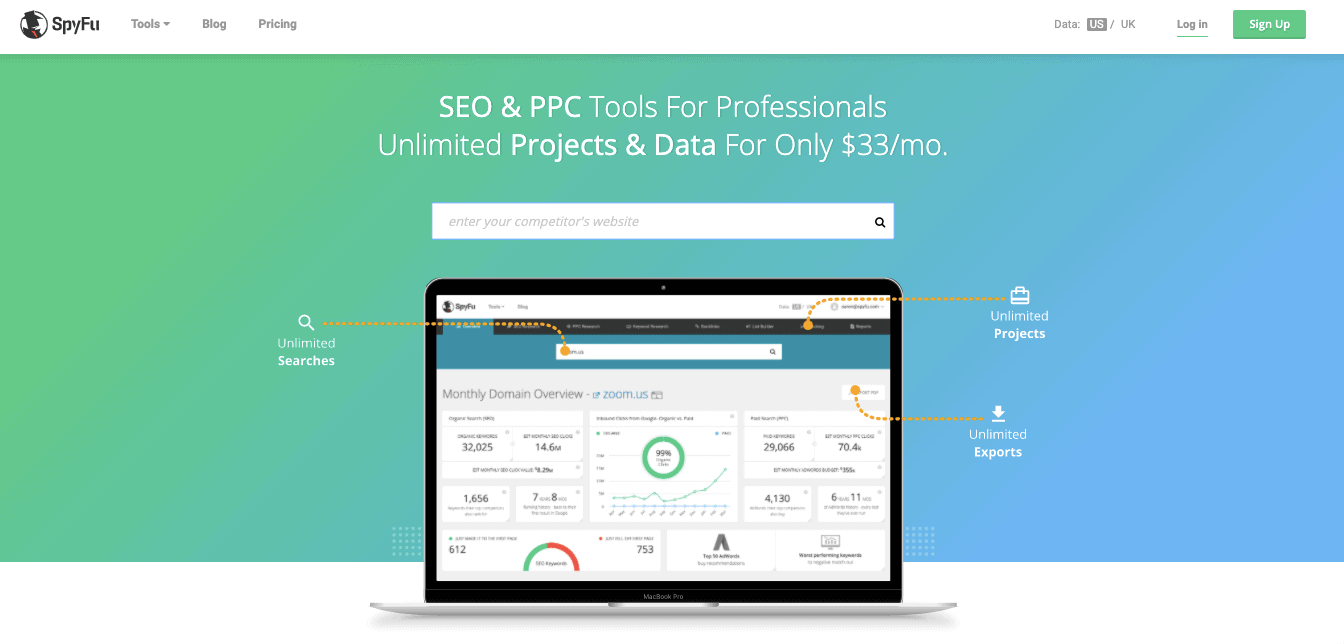

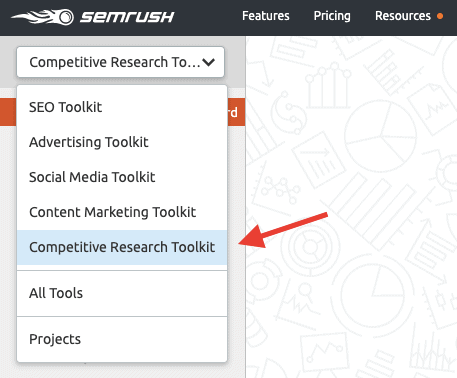



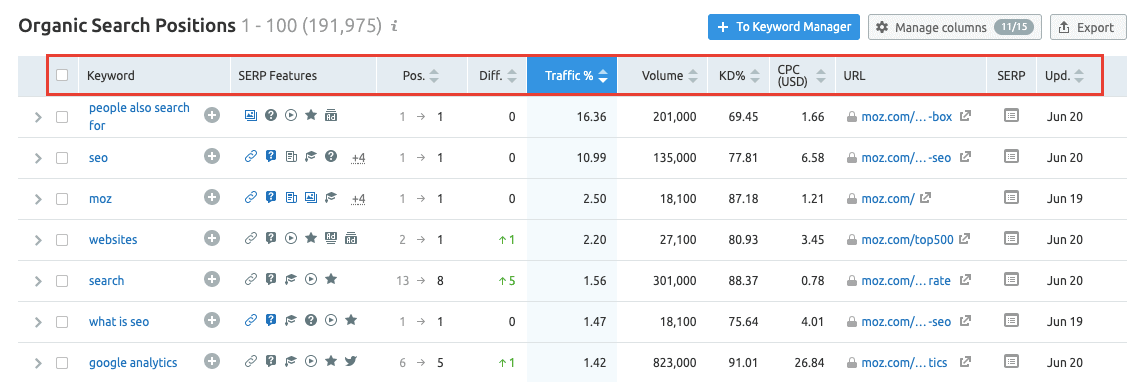
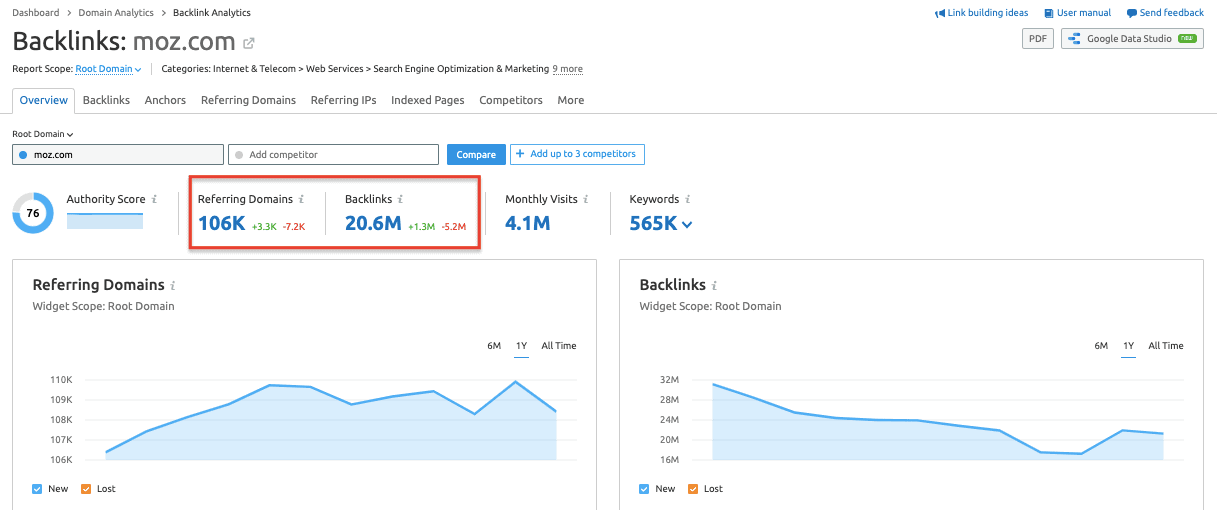
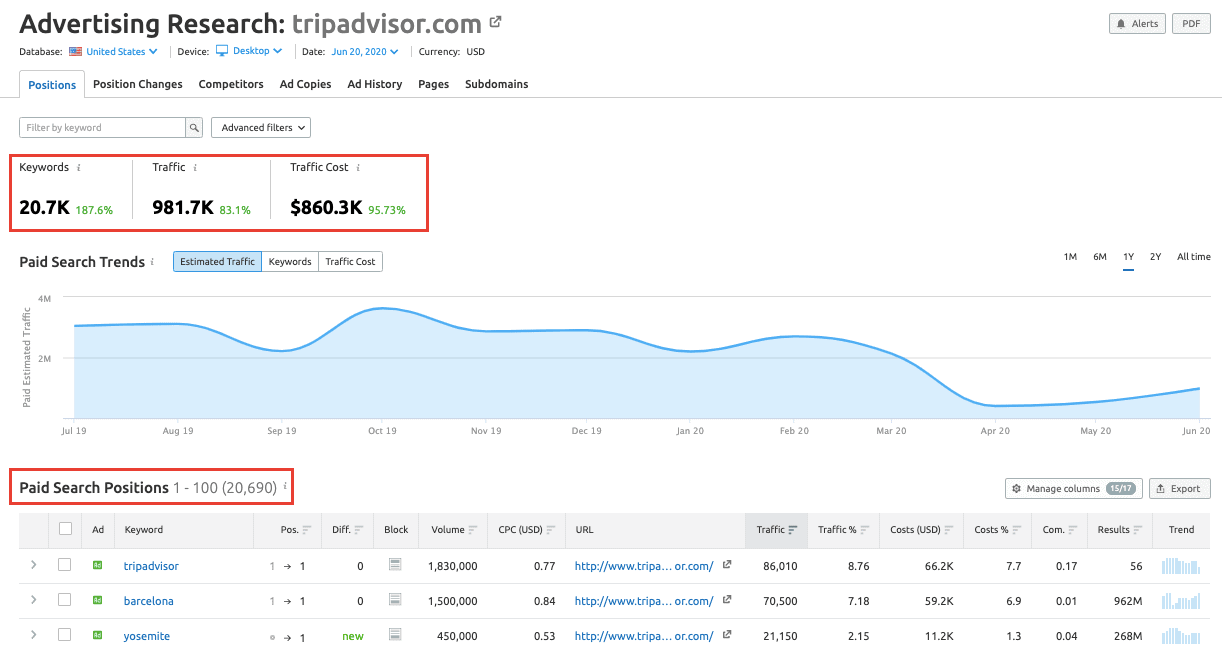
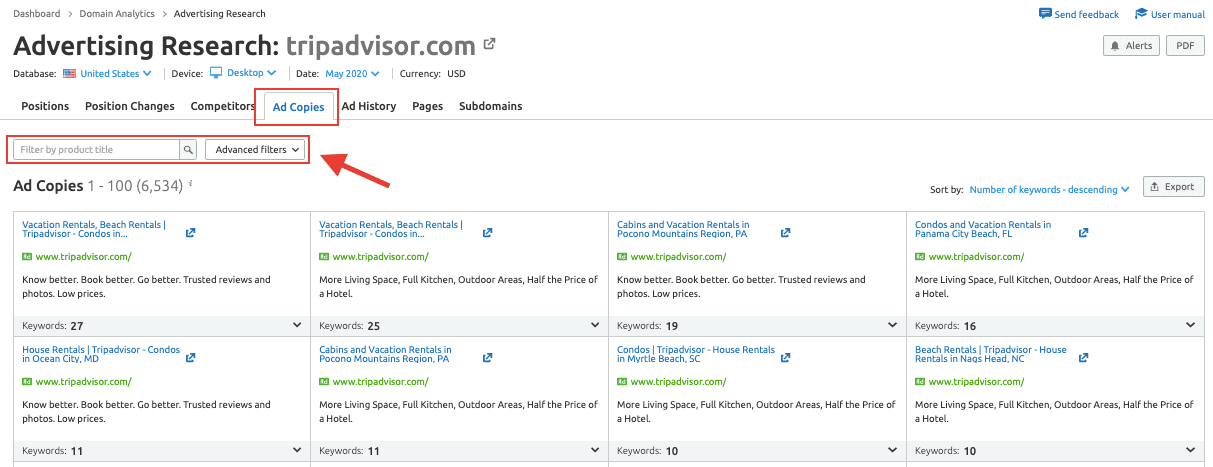
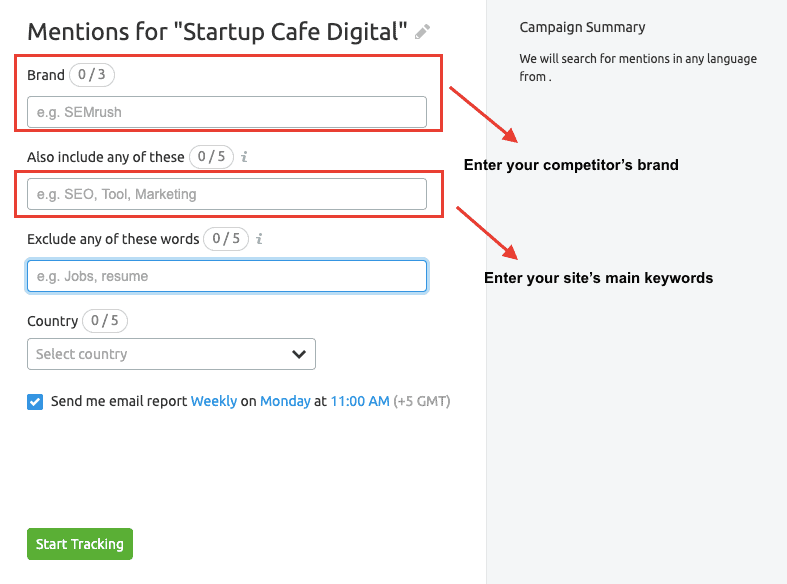
![]()
![]()
